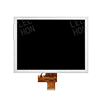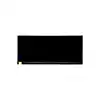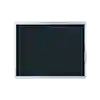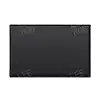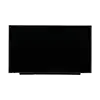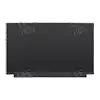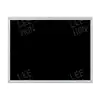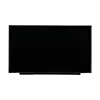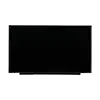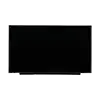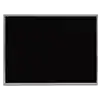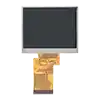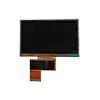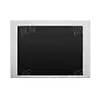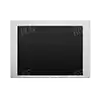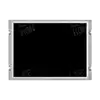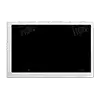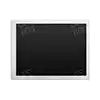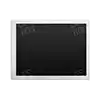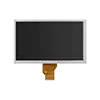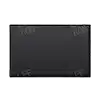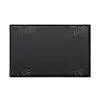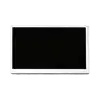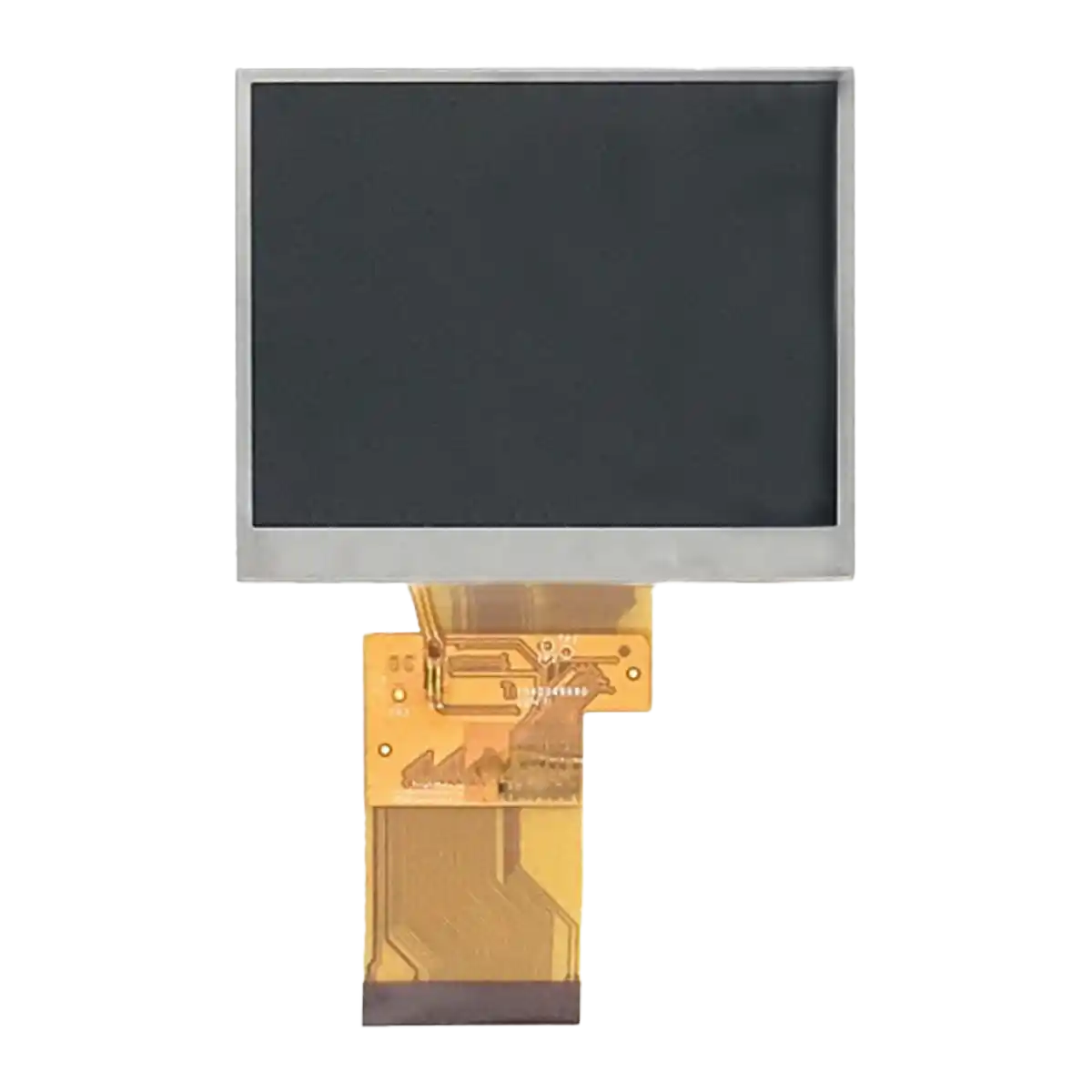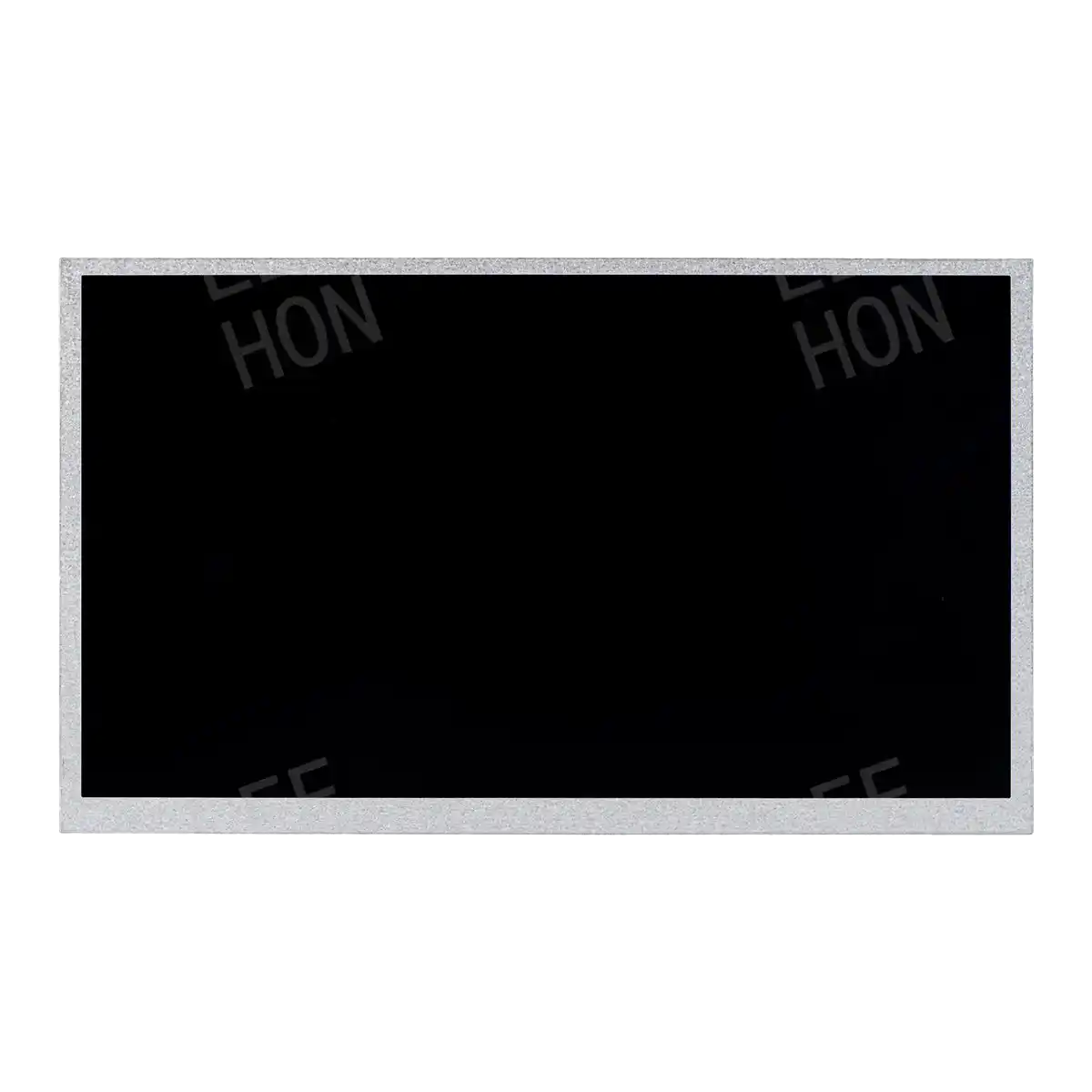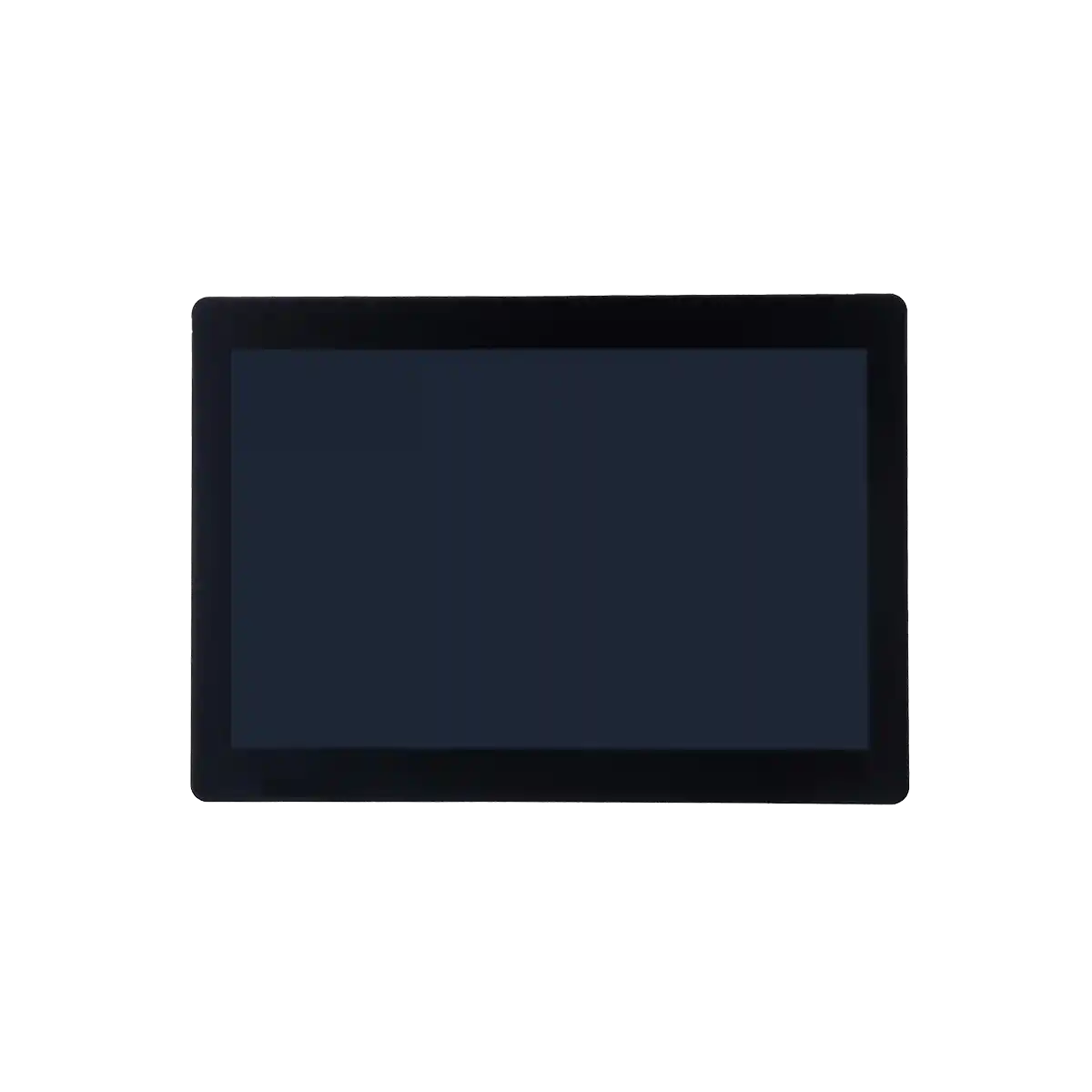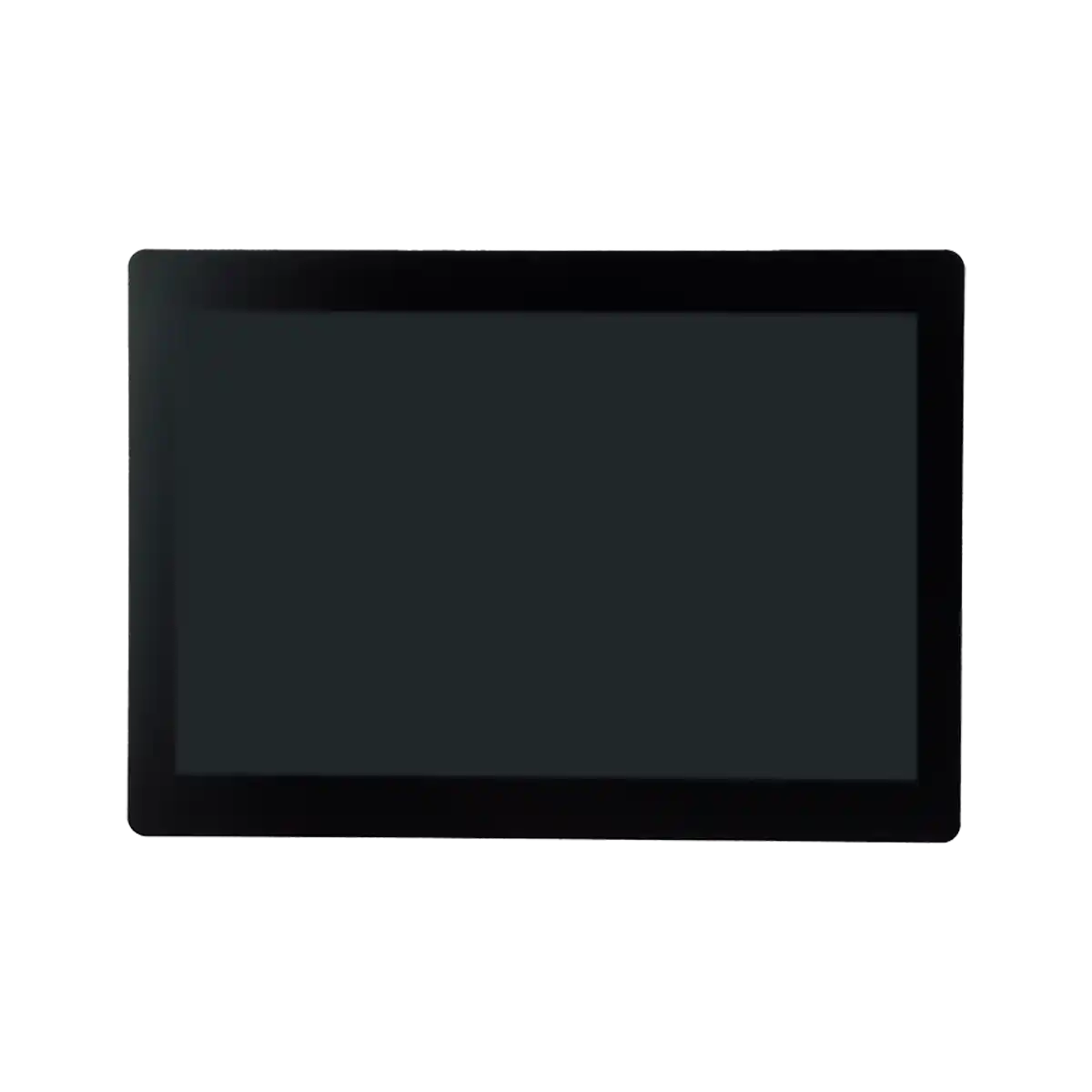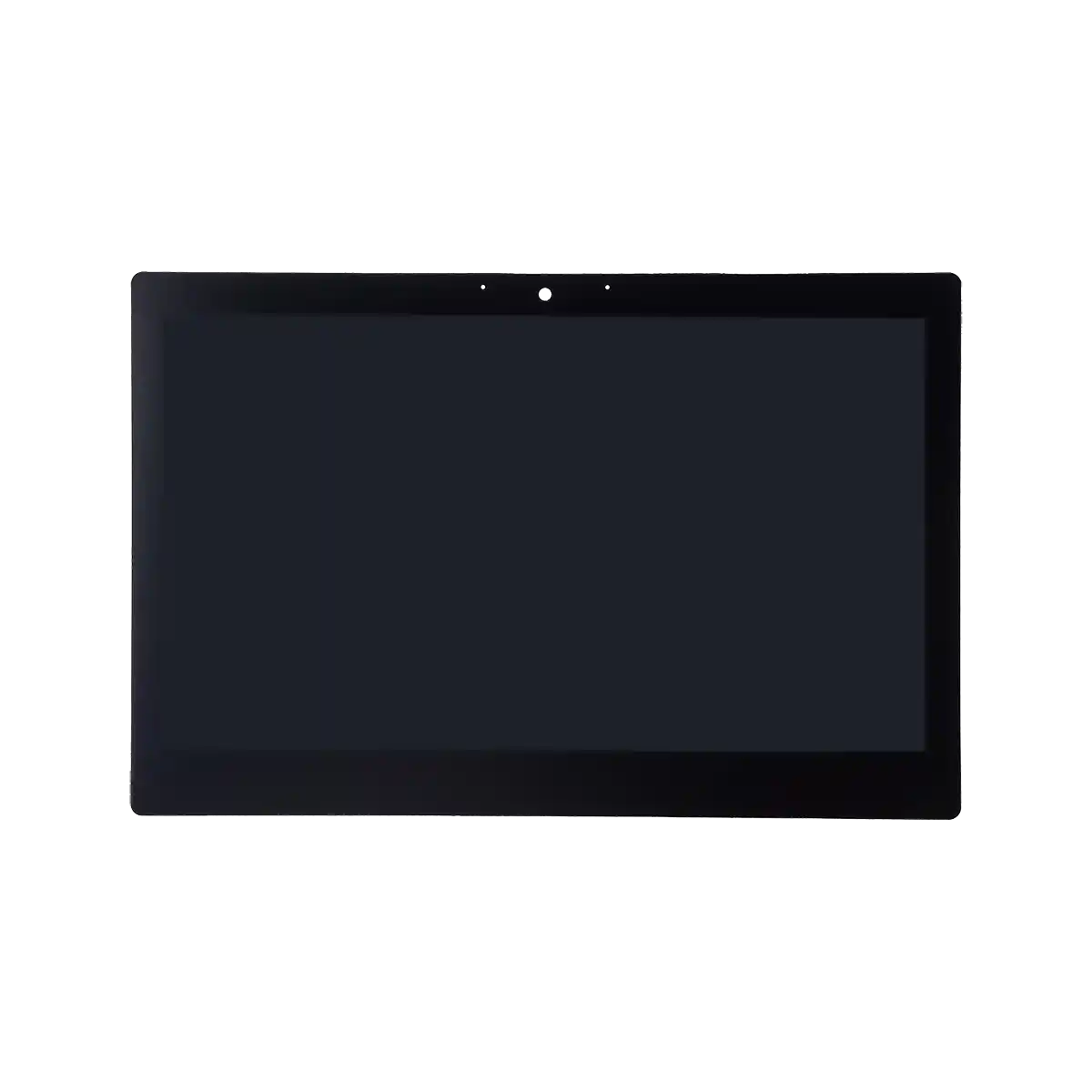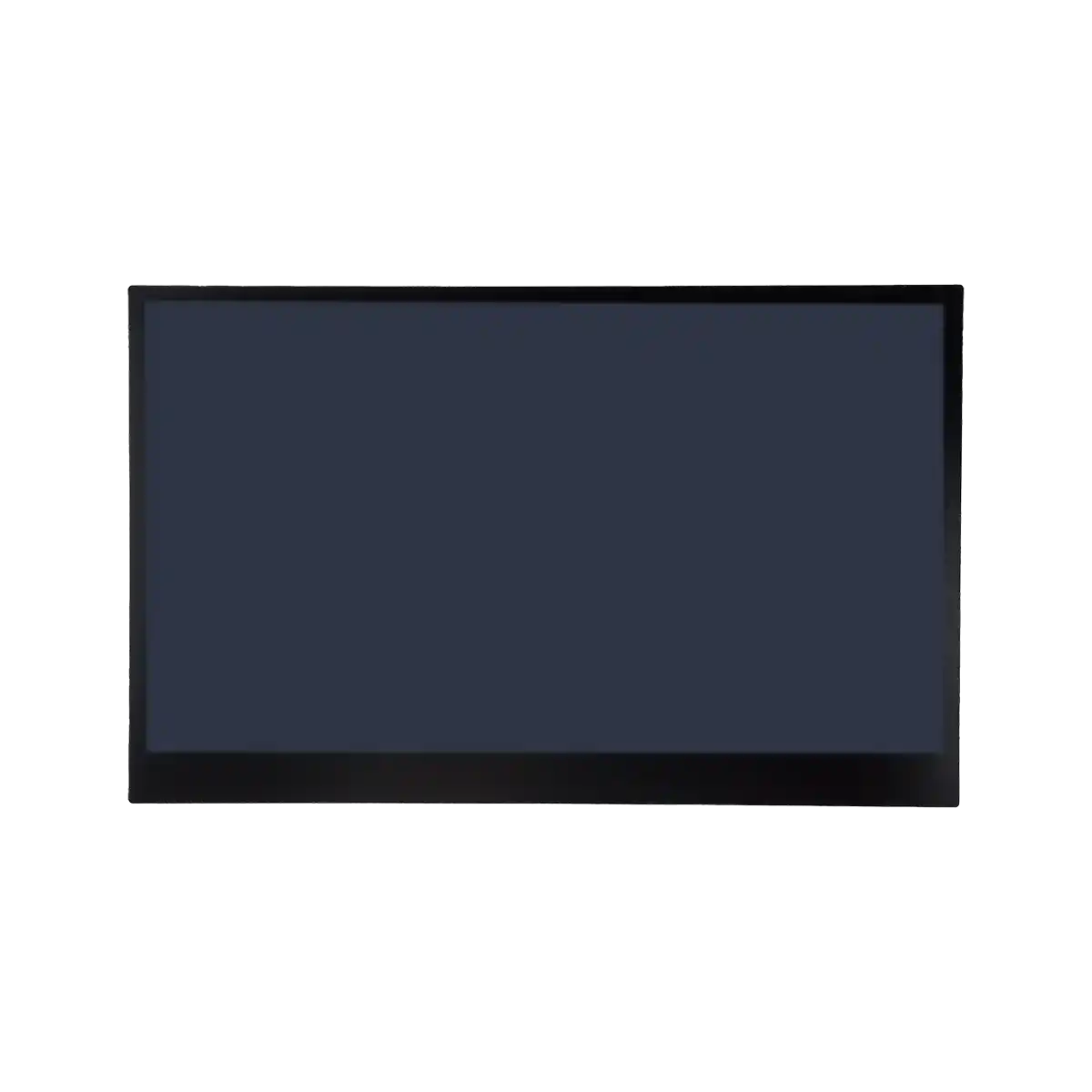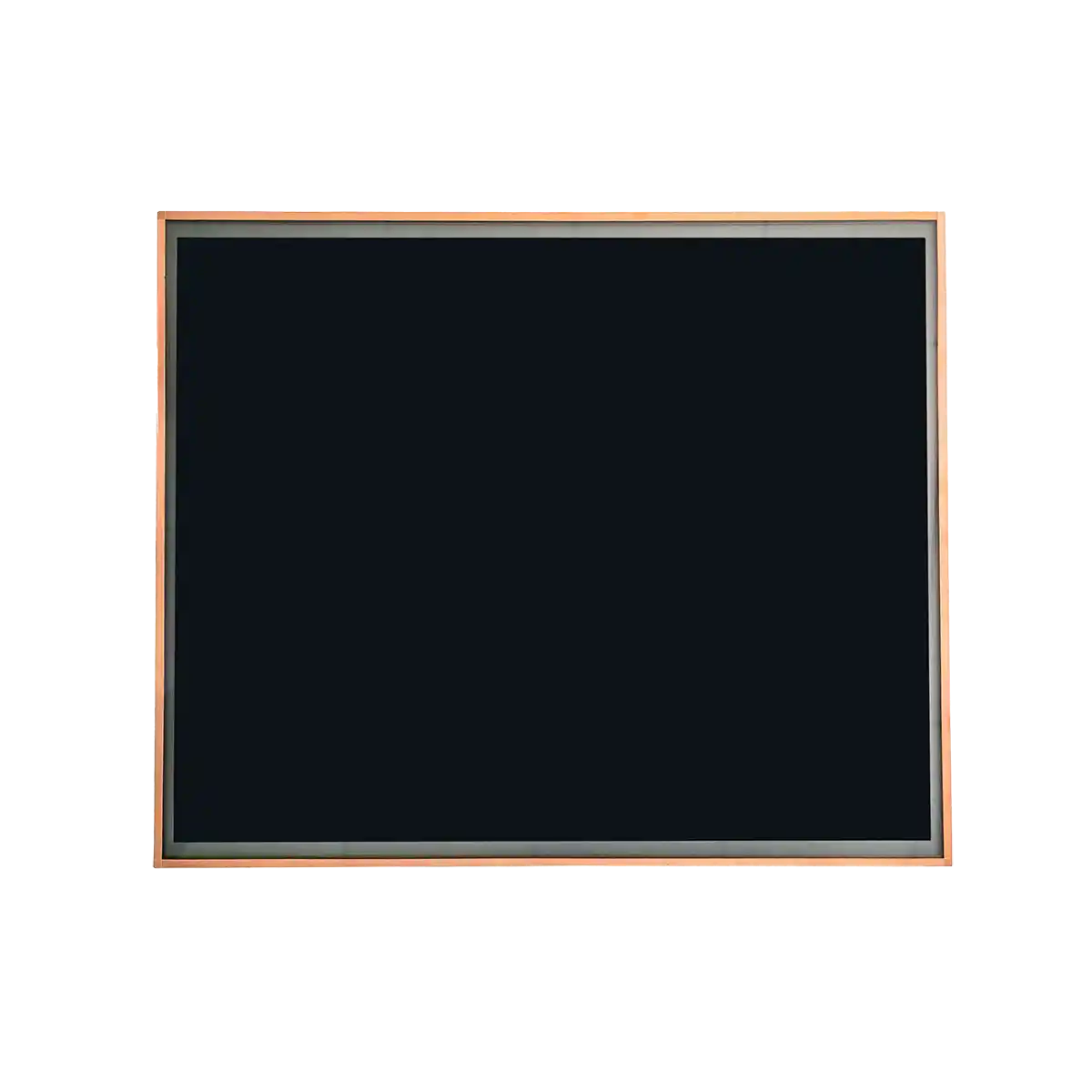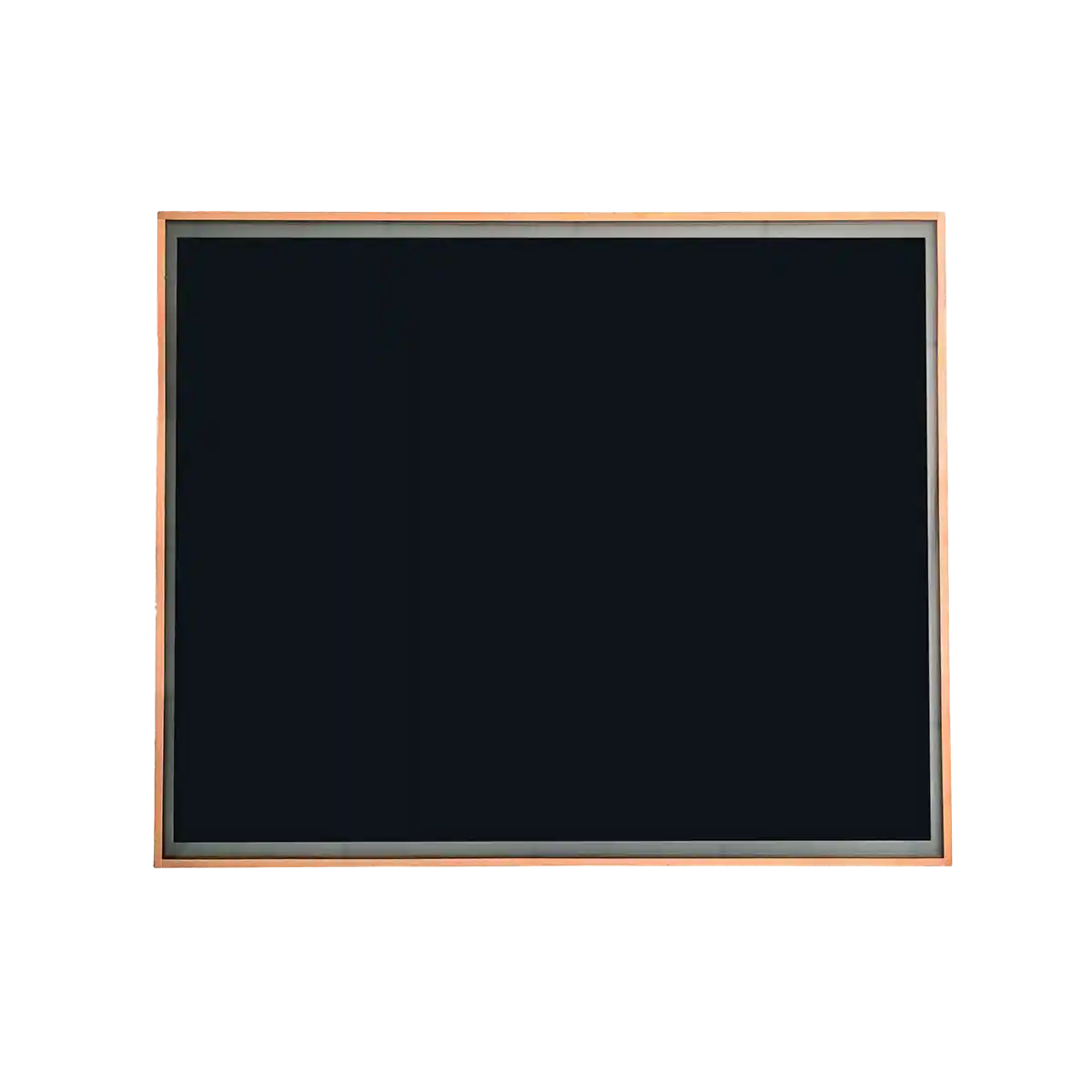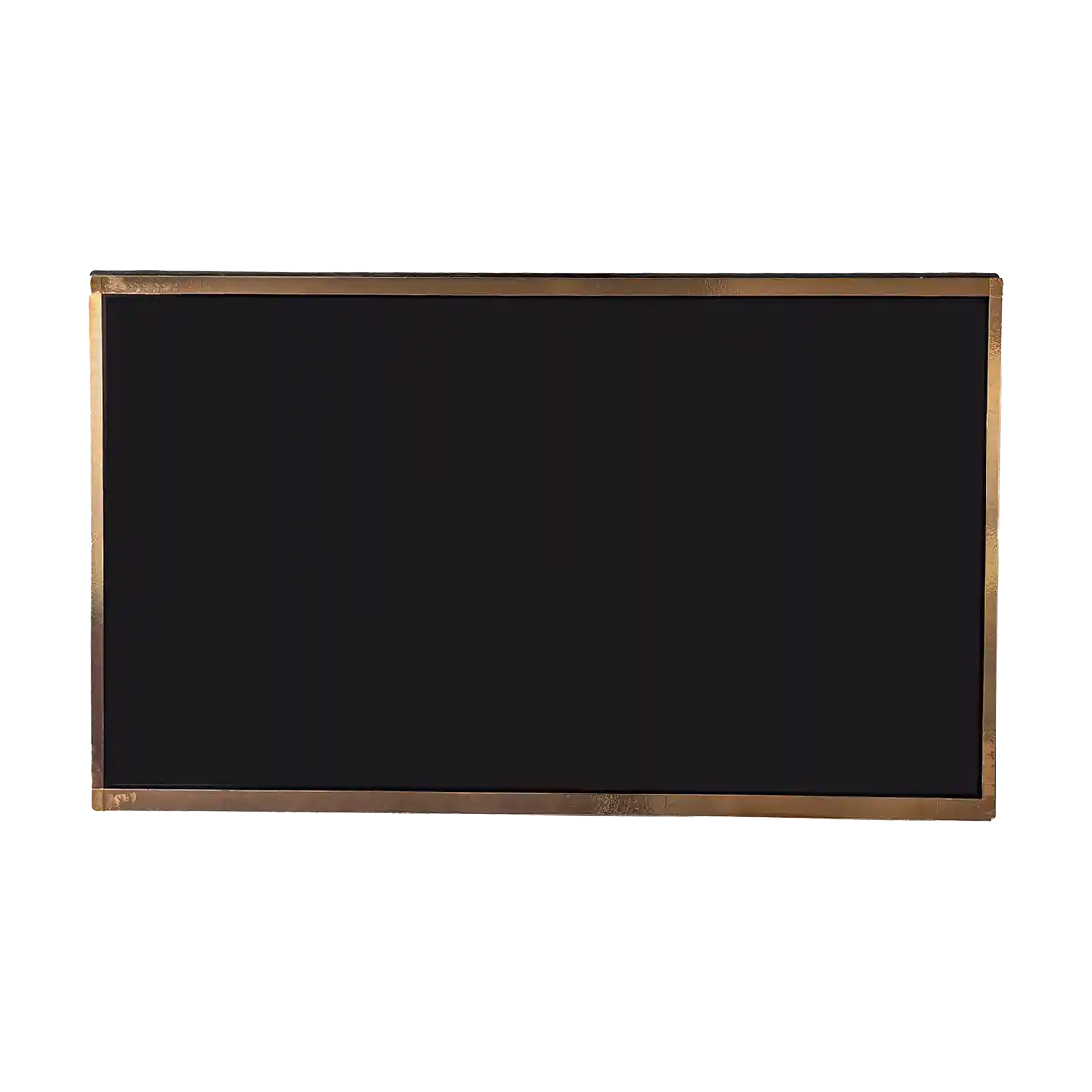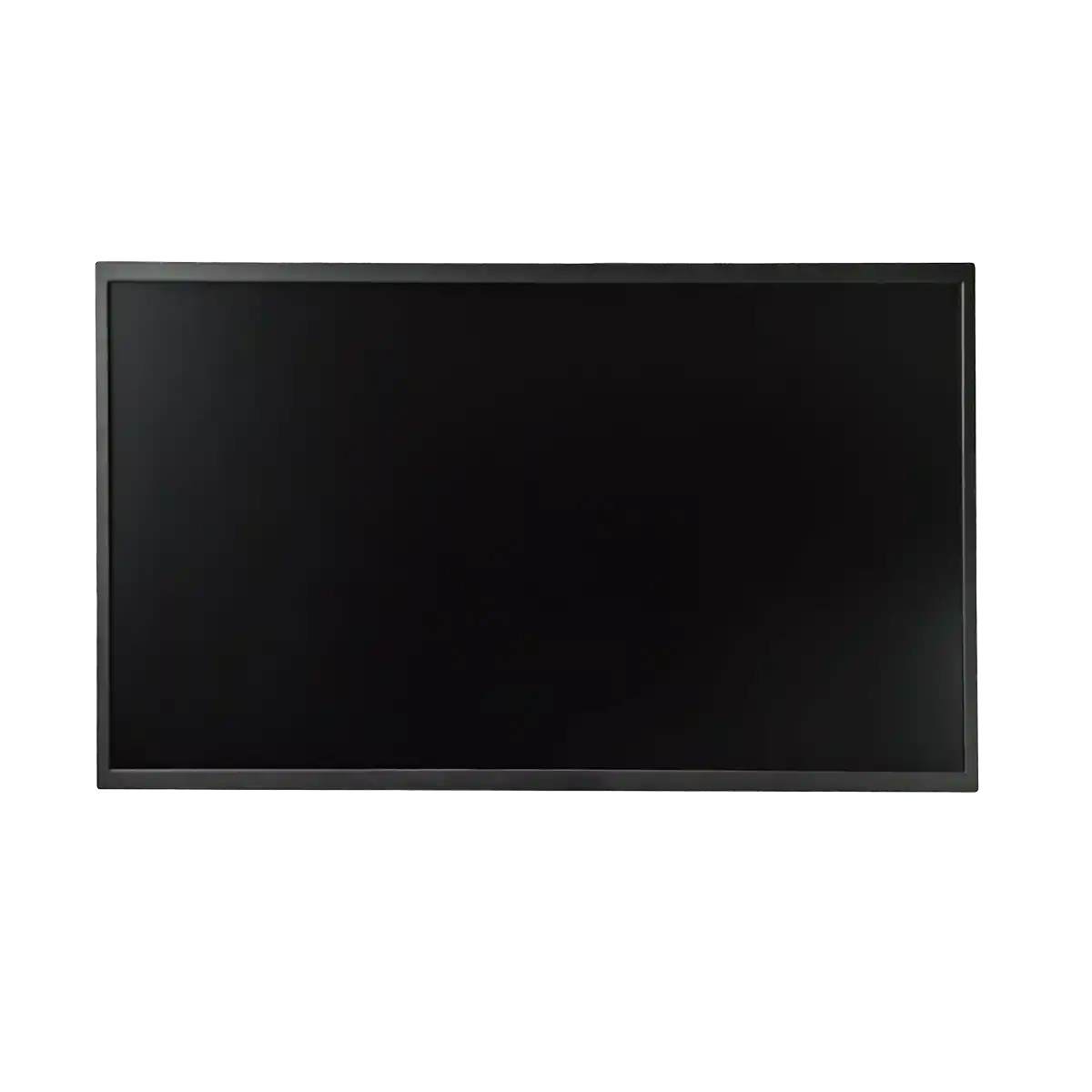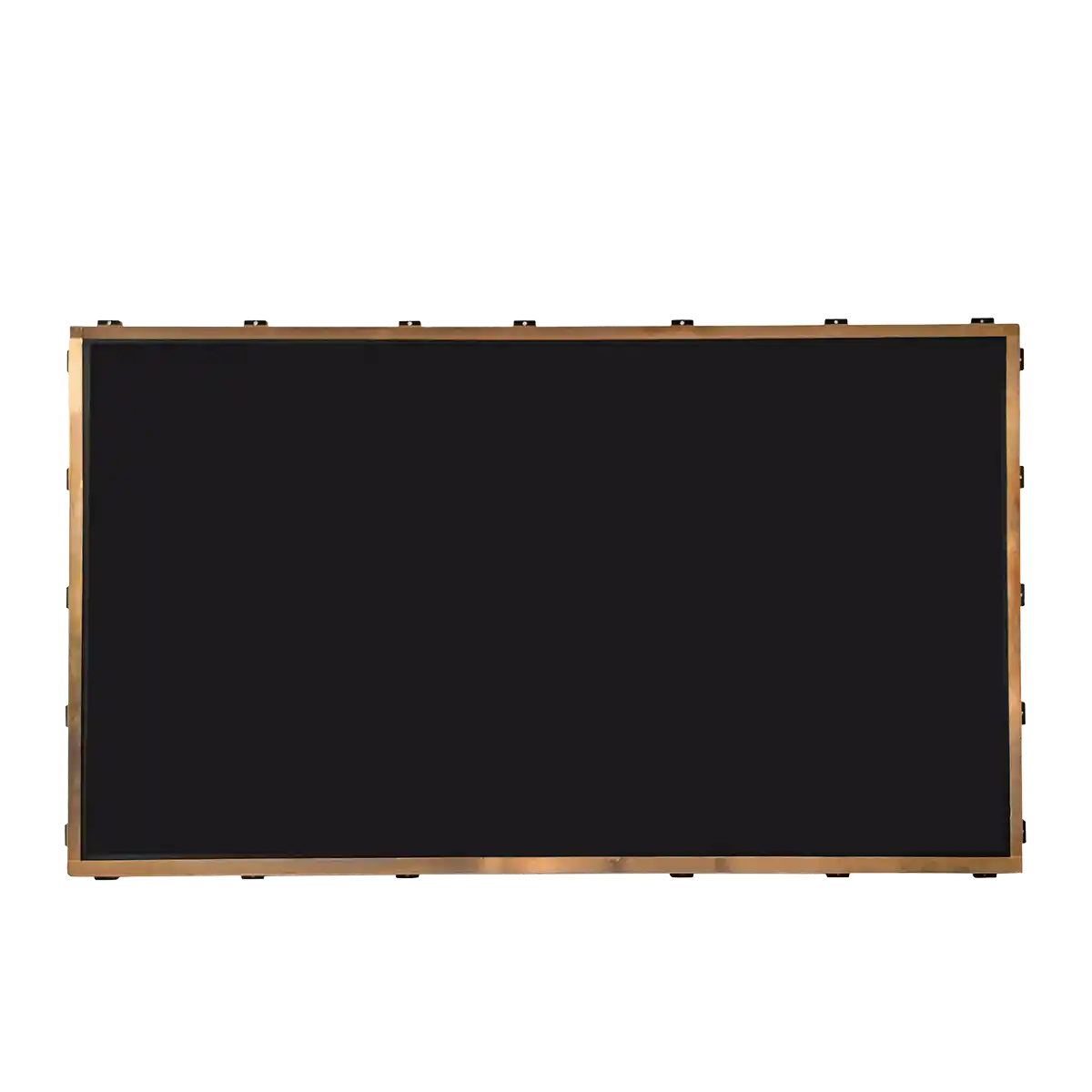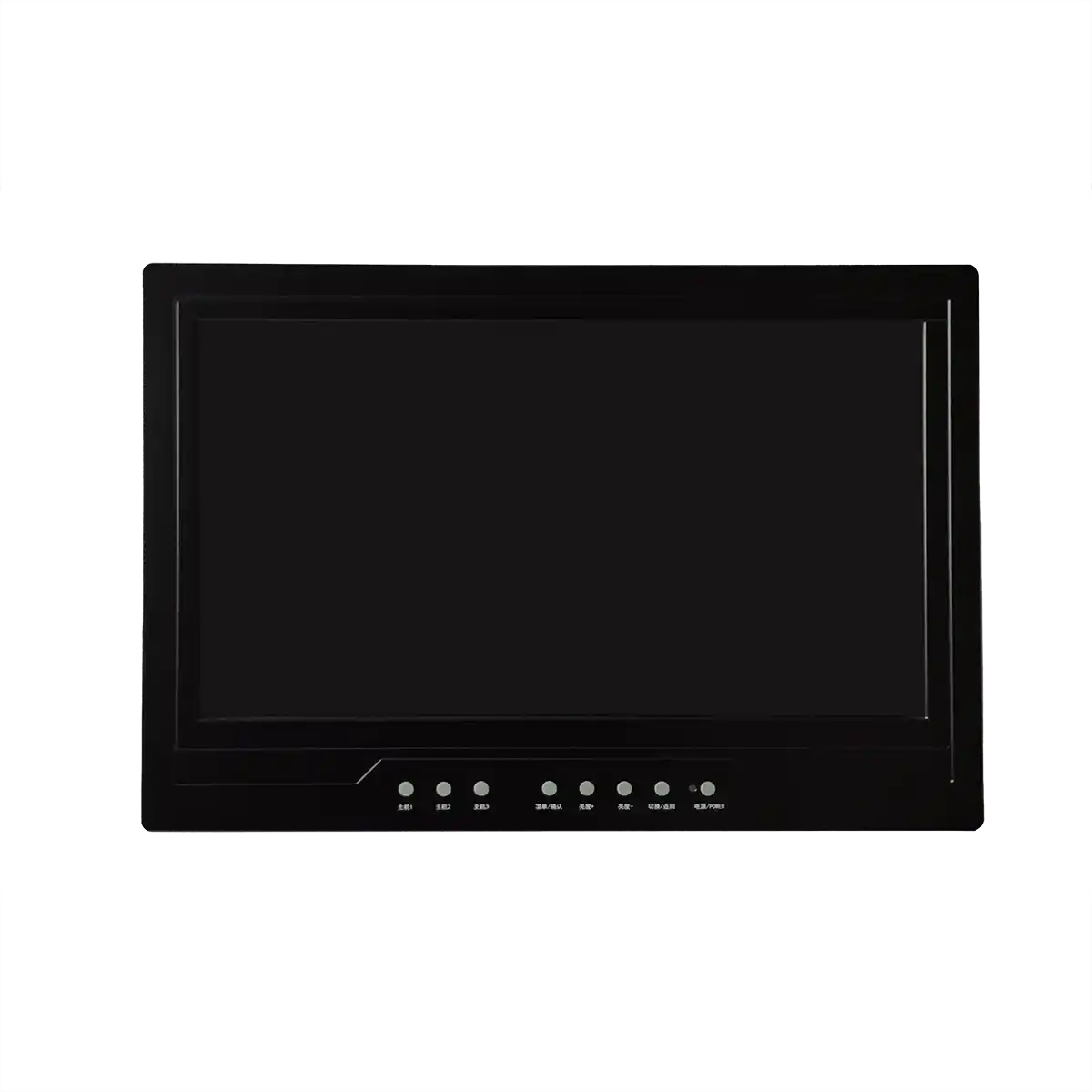The Benefits of High-Brightness Industrial LCDs
High-brightness Industrial LCDs are engineered to deliver exceptional visual performance even in the presence of intense ambient light. The term "high-brightness" refers to the luminance level of the display, measured in nits—a unit of luminance that indicates the amount of light emitted by the screen. A higher nit value translates to a brighter display, allowing for clear visibility under a variety of lighting conditions.

One of the primary benefits of high-brightness Industrial LCDs is their enhanced readability. In industrial settings, where equipment may be exposed to direct sunlight or strong indoor lighting, standard LCDs can often appear washed out or difficult to read. High-brightness displays mitigate this issue, ensuring that critical information remains visible and legible at all times.
Another advantage is the improved durability and longevity of high-brightness Industrial LCDs. These displays are typically constructed with more robust materials and advanced optical components that can withstand the wear and tear associated with high-intensity light exposure. This results in a longer lifespan for the display, reducing the need for frequent replacements and minimizing maintenance costs.
Moreover, high-brightness Industrial LCDs often incorporate advanced technologies such as wide viewing angles and anti-reflective coatings. These features ensure that the display remains usable from various angles and reduces glare, further enhancing the user experience in diverse industrial applications.
Conclusion
High-brightness Industrial LCDs offer a multitude of benefits that make them an ideal choice for environments with challenging lighting conditions. Their superior readability, durability, and advanced features such as wide viewing angles and anti-reflective coatings contribute to their effectiveness and reliability in the industrial sector. As industrial operations continue to evolve and the need for clear, reliable visual interfaces grows, high-brightness Industrial LCDs will play a crucial role in meeting these demands.
Expansion
Looking beyond the immediate applications, high-brightness Industrial LCDs are poised to integrate with emerging technologies that will further enhance their capabilities. For instance, the integration of touch-sensitive technology with high-brightness displays will allow for more interactive and intuitive control systems in industrial machinery.
Additionally, as the push for energy efficiency in industrial operations intensifies, high-brightness Industrial LCDs are being developed with power-saving features. These may include advanced backlighting systems that adjust the brightness dynamically based on the ambient light conditions, thereby optimizing energy consumption.
Furthermore, the future development of high-brightness Industrial LCDs will likely focus on improving their resistance to environmental factors such as moisture, dust, and temperature fluctuations. This will make them even more suitable for use in outdoor applications or in areas with extreme conditions.
Lastly, the trend towards modular and customizable industrial displays will also benefit from high-brightness technology. This will allow manufacturers to create displays that can be tailored to specific needs, whether it be size, shape, or brightness level, ensuring that the display is perfectly suited to its intended application.
In conclusion, the benefits of high-brightness Industrial LCDs extend beyond mere visibility improvements. They represent a step forward in the integration of advanced display technology into the industrial sector, offering solutions that are not only practical but also adaptable to the ever-changing demands of modern manufacturing and operations.
Recommended Articles
-
Are the displays in Tesla's Cyb
2024-12-10 -
Interpretation Report on AUO's
2024-12-05 -
ADS Pro: The Future of Display
2024-12-04 -
The Trajectory of South Korea's
2024-12-04 -
Practical Applications of Indus
2024-09-26 -
Hangzhou LEEHON Technology supp
2024-09-14 -
How to Check for Issues in Indu
2024-09-11 -
How does an LCD screen find ind
2024-09-11 -
What is the difference between
2024-09-11 -
In-depth analysis of the develo
2024-09-10


